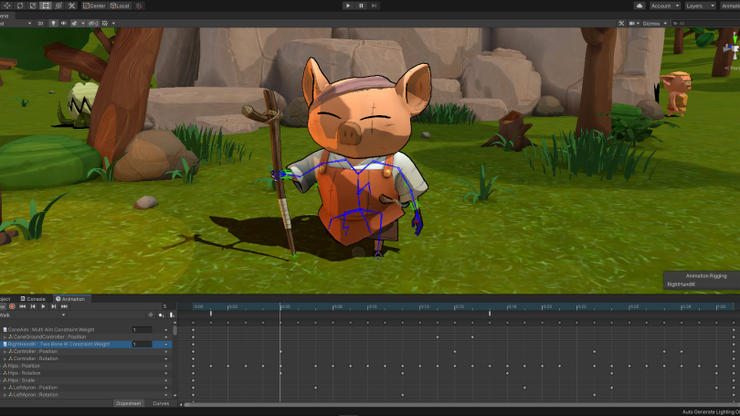
In the dynamic realm of 3D game animation, continuous innovation pushes the boundaries of reality and fantasy.
This article explores six revolutionary techniques that are transforming the industry: real-time rendering, motion capture, procedural, skeletal, and fluid simulation animation.
These advancements not only redefine gameplay experience, but also challenge designers to harness technology's potential, ultimately propelling us closer to an immersive, matrix-like gaming environment.
Discover the techniques shaping the future of 3D game animation.
Understanding the Evolution of 3D Game Animation
To truly appreciate the advanced techniques used in today's 3D game animation, one must delve into the historical progress that has occurred within the realm of this dynamic field.
The 3D gaming history is a testament to perseverance and innovation, with each decade presenting a leap in animation software evolution. Early pioneers grappled with primitive tools, gradually enhancing image realism and fluidity.
The advent of raster graphics revolutionized the industry, paving the way for texture mapping and polygonal modeling. Today's software now offers intricate detailing, dynamic lighting, and realistic physics, transforming gaming into an immersive experience.
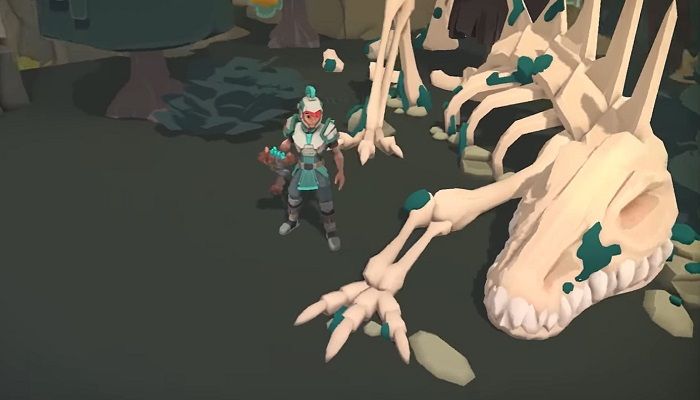
Exploring the Real-time Rendering Technique
In the realm of 3D game animation, real-time rendering is a technique that has fundamentally altered the landscape of the gaming industry. It is essential to comprehend the basics of this method to fully understand its influence and the ground-breaking changes it has brought.
As we progress, we will also highlight the key advancements in real-time rendering that have propelled it to the forefront of game design and development.
Real-time Rendering Basics
Delving into the realm of real-time rendering, we uncover a technique that is fundamentally shaping the landscape of 3D game animation. This innovative practice has been catapulted by rendering hardware advancements, and the evolution of shading techniques.
The hardware, equipped with powerful GPUs, boosts the speed and quality of rendering, enabling graphics to be processed in real-time. This has significantly improved the interactive experience, allowing for instantaneous reactions to user inputs.
Additionally, the evolution of shading techniques has elevated the visual aesthetics, as developers can now create more realistic textures and lighting effects.
In essence, real-time rendering has ushered in a new era of immersive gaming, setting the stage for further innovation in 3D game animation.
Technique's Impact on Gaming
While the benefits of real-time rendering are numerous, it is crucial to understand how this technique has specifically revolutionized the gaming industry.
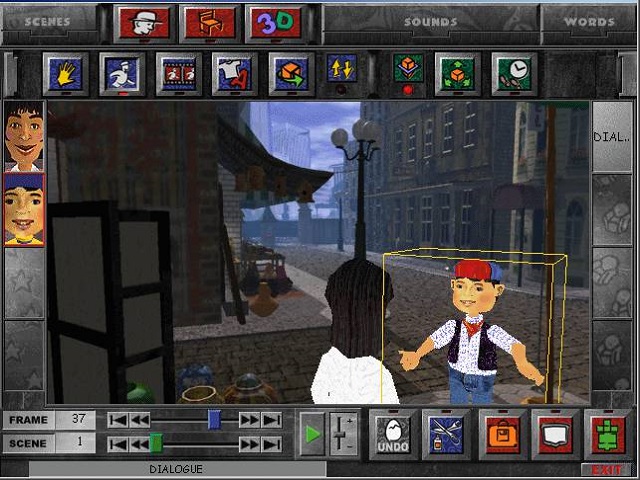
Real-time rendering has enabled gaming immersion enhancement, allowing gamers to interact with a highly detailed, lifelike virtual environment. It has facilitated the creation of more complex, dynamic lighting and shadows, adding depth and realism to the game world.
Furthermore, the technique has made the augmented reality integration more seamless, combining virtual and physical realms with minimal latency.
The real-time rendering technique has not only brought sophistication to 3D game animation but also broadened the creative possibilities in game design, delivering a more immersive, visually compelling, and engaging gaming experience.
Advancements in Real-time Rendering
The evolution of real-time rendering marks a significant advancement in the sphere of 3D game animation, propelling the industry towards unprecedented levels of visual fidelity and immersion.
This technique, powered by advanced rendering algorithms and GPU acceleration, is transforming the gaming landscape. It allows for instantaneous visualization of 3D environments and characters, providing a seamless, highly interactive gaming experience that rivals reality.
The algorithms employed in real-time rendering are designed to optimize efficiency and performance, making the most of the computational power offered by modern GPUs. This intricate relationship between rendering algorithms and GPU acceleration is the linchpin of this revolutionary technique.
The result is a remarkable leap forward in game animation, bringing to life stunningly detailed, dynamic virtual worlds that captivate audiences and push the boundaries of what is possible.

The Impact of Motion Capture on Game Animation
Influenced by the advent of motion capture technology, game animation has experienced significant advancements, offering an unprecedented level of realism and immersion.
Motion capture applications have become integral in creating lifelike movements, enabling animators to transcend traditional animation barriers.
Performance capture technology, a subset of motion capture, further aids in capturing nuanced performances, including facial expressions and minor gestures.
This has resulted in a paradigm shift in game design, as characters now mirror the intricate dynamics of human behavior, enhancing player engagement and experience.
Moreover, the real-time feedback from these technologies allows for immediate adjustments, ensuring optimal accuracy.
Thus, the impact of motion capture on game animation is profound, powering a revolution in the gaming industry.
The Power of Procedural Animation in 3D Gaming
Procedural animation, a transformative technique in 3D gaming, harnesses algorithms and physical dynamics to create organic, realistic movements in game characters and environments.
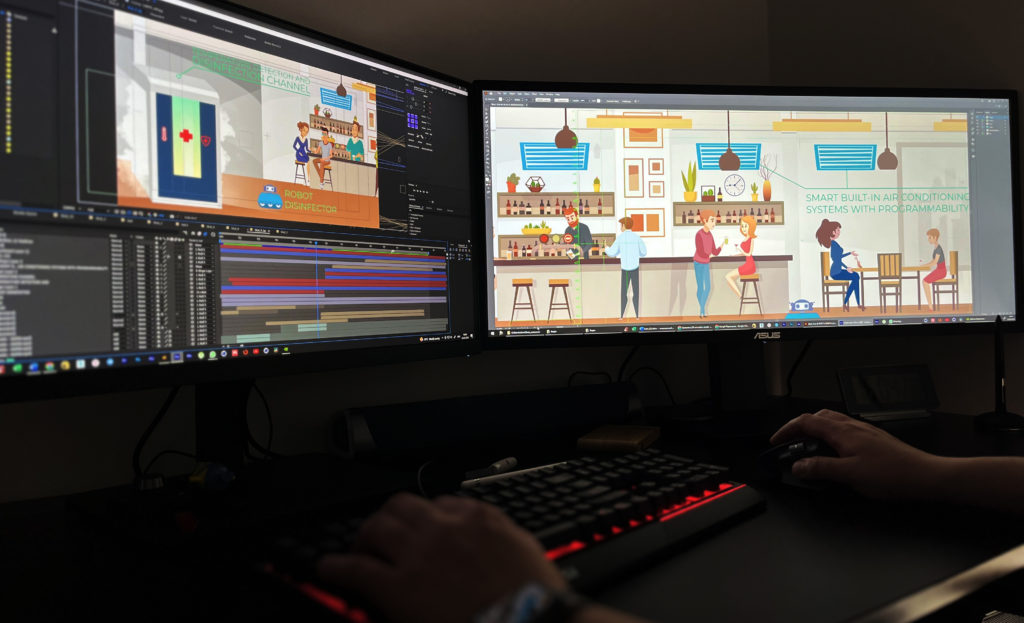
This approach offers unique procedural generation benefits, including reduced memory usage and increased variety, leading to more immersive gaming experiences. It enables the generation of complex, richly detailed environments that respond in real-time, creating a dynamic, immersive world that evolves with player interaction.
However, procedural animation also presents challenges. The complexity of the algorithms required can lead to increased development times and costs. Additionally, achieving consistency and maintaining control over the randomness inherent in procedural generation can be difficult.
Yet, it's the power of procedural animation that paves the way for the future of 3D gaming, promising a unique blend of realism, responsiveness, and unlimited potential.
The Role of Skeletal Animation in Game Design
Skeletal animation, a key technique in 3D game design, underpins the realistic movement of characters, contributing significantly to player immersion.
This method employs a system of interconnected bones to mimic the human skeletal structure and offers numerous benefits to game developers.
Our exploration of the role of skeletal animation in game design will encompass its core principles, the advantages it offers, and strategies for its successful implementation.
Understanding Skeletal Animation
Skeletal animation plays a pivotal role in the dynamic world of game design. It is a technique where a character model's surface is deformed to follow the movements of an underlying 'skeleton'. This allows for realistic movements and poses, opening up endless possibilities for immersion and interaction. Developers employ animation blending techniques, merging multiple animations seamlessly to create fluid motion.
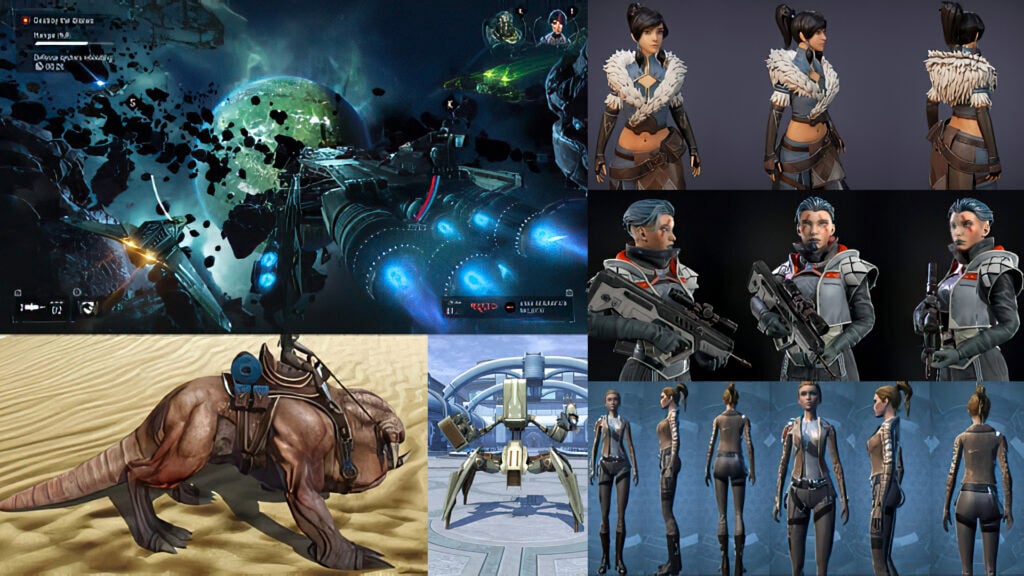
However, there are also skeletal animation limitations. It requires significant computational resources, limiting its application in low-end systems. The complexity of skeletal structures can lead to challenging implementation. Additionally, it may not be suitable for non-organic entities or structures.
Despite these limitations, skeletal animation remains an innovative cornerstone in the realm of 3D game design.
Skeletal Animation Benefits
Undeniably, skeletal animation has significantly revolutionized the field of 3D game design, offering numerous benefits that enhance both the visual experience and gameplay. One key advantage is the skeletal rigging efficiency, enabling developers to create intricate and realistic movements by manipulating a skeleton that is then draped with a character's skin, thus reducing the need for complex, frame-by-frame animation.
In addition to this, animation blending possibilities have also been unlocked by skeletal animation. This technique allows for seamless transitions between different animations, providing a more immersive and lifelike gaming experience. The fluidity and realism achieved through this process are unparalleled, offering a level of detail and complexity previously unattainable.
This innovation continues to propel the gaming industry into new realms of visual storytelling and interactivity.
Implementing Skeletal Animation
The implementation of skeletal animation plays a pivotal role in enhancing the dynamism and realism of characters in 3D game design. It is a technique that allows for greater control over the movement and deformation of characters, providing a high level of detail and complexity.
To implement this, game developers employ various Skeletal Animation Tools and follow established Animation Rigging Concepts. These include:

- Building a system of joints and bones that form the skeleton, providing a framework for the character's movements.
- Applying skin or mesh to the skeletal structure, allowing for sophisticated animations.
- Rigging the skeleton with constraints and controls for precise manipulation of character's movements.
Proper implementation of skeletal animation can significantly enhance the gaming experience by producing more lifelike characters and immersive environments.
Unveiling the Magic of Fluid Simulation in 3D Game Animation
Delving into the realm of 3D game animation, the magic behind fluid simulation emerges from the intricate interplay between physics and advanced computational algorithms. The importance of fluid dynamics cannot be overstated in creating realistic and immersive gaming environments.
This scientific discipline studies the flow of liquids and gases, which, when applied to game design, leads to the creation of water waves, smoke, and other fluid-like effects that add a layer of realism to the virtual world. Several simulation software options exist, each offering unique tools and features to manipulate fluid dynamics in a game setting.
As technology continues to evolve, so too will the depth and complexity of fluid simulations, pushing the boundaries of what's possible in 3D game animation.
Frequently Asked Questions
Creating 3D game animations requires skills in animation software mastery and understanding motion capture innovations. Proficiency in 3D modeling, rigging, texturing, and lighting, along with the aptitude for creative storytelling, are also essential.
How Has the Advancement in Technology Affected the Cost of Producing 3D Game Animations?
Technology advancements have significantly reduced the cost of producing 3D game animations. This impact has empowered freelance animators and enhanced the gaming experience with more intricate and lifelike animations now feasible economically.
What Are Some of the Ethical Considerations in Using Real-Time Rendering Techniques?
Ethical dilemmas in real-time rendering involve potential misuse such as deepfakes, privacy infringements, and digital manipulation. Responsible use and governance is crucial to safeguard integrity and maintain trust in this innovative technology.

How Can 3D Game Animation Techniques Be Applied in Other Industries Such as Film and Architecture?
3D game animation techniques can enhance visual storytelling in architecture by creating immersive, interactive models. Similarly, in film production, these techniques can evolve storytelling through detailed, lifelike animations, revolutionizing traditional cinematic experiences.
What Are Some Examples of Popular Games That Have Utilized These 3D Animation Techniques Effectively?
Popular games like "The Legend of Zelda: Breath of the Wild" and "Final Fantasy VII Remake" demonstrate the effective use of 3D animation techniques, significantly enhancing gameplay experience and impactful storytelling.
 Digital Art InstructionDIY Infographics DesignMobile Game ArtworkPersonalized Logo Design3D AnimationeBook Covers DesignPrivacy PolicyTerms And Conditions
Digital Art InstructionDIY Infographics DesignMobile Game ArtworkPersonalized Logo Design3D AnimationeBook Covers DesignPrivacy PolicyTerms And Conditions
